|
Open shelves are back to being a trend after years of being hidden behind minimal and modern cabinet doors. Although they have been around since the '30s, when pots and pans were stored for easy access, nowadays they are more than just ''display-everything'' kitchen areas and equally used as decor spots. When well styled, they can make a kitchen feel clean, full of personality and cohesive all at once, perfect to keep a minimal design style. However, if you are thinking of incorporating them in your space, it's good to consider a few key factors to understand how practical they will be for your lifestyle. Here's our quick guide to help assess this. 1rst- Start by answering the following questions - What will be the purpose of the open shelves? (i.e. for everyday dishes and practical needs, just for decor, for your range of pasta, rice and cereals, for your cookbooks?) - Will the open shelves hold kitchenware? If so, how strong will they have to be? - Will you lose or gain storage with open shelving vs. upper cabinets? - Will they be easy to clean and maintain with time (if you're using them for more than a couple of design pieces)? - Above all, will this be a practical option for your lifesytle and how you want to use your kitchen? 2nd- Now that you have answered these questions, if you're going for this style how much shelving space do you need, and where will you place it? From experience, we can say that quite a few of our kitchen projects have a mixture of upper cabinets and shelving. Placement and size are key factors to decide how many shelves you can accommodate in your kitchen- as well as strength and materials. Whether you create a corner of shelves by your window, a continuous shelf under your upper cabinets, a small floating shelf flanking the hood or an entire wall of shelves, you need to consider the purpose of those shelves and how much space you will gain or lose. 3rd- What materials can you use, and how strongly do the shelves need to be? Endless! The material choice depends on different factors: the size and depth of the shelves, the style of your kitchen and how much weight you want them to carry. To achieve a modern or industrial look you can use steel, aluminium, or copper. For a shabby chic style use wooden shelves. Materials can range from maple to cherry, birch, red oak, or white oak. Just make sure you avoid wood boards that have knots and look rough. For a more classical look, use prefabricated glass or stone (marble, for example), which give you an elegant look but are quite heavy, requiring expert installation to avoid falling disasters. 4th- What size should the shelves have? Enough depth to hold different sizes of kitchenware or decor but not so deep that you knock into the shelves when using your kitchen. You will want a depth of around 25 cm if you want to store dinner plates or other wider items, less for decor or books. Consider the placement of the shelving to make this choice- with corner shelves, for example, you might not want them too deep, so anywhere from 20-25cm should be ideal. 5th- Time to look at some inspiration! Below you can see some examples of shelving we used in five of our projects- for different kitchen sizes, placement and styles, as well as making the most of varied materials and colours. *Projects: Benhill Rd, Eylewood Rd Kitchen, Hindmans Framed Shaker, Springcroft and St. Margarets. See more here. Closing notes: Choosing the right type of shelving will give your kitchen an extra touch of design and practicality. Now that we have given you some ideas to understand your direction for purpose, layout and style for your open shelves, let's review all the pros of using this design: - Affordability- Open shelves tend to be cheaper than cabinets as they require less material to build them - Customisable and easy to fit any space- from floating kitchen shelves to shelves with brackets, shelving comes in different sizes and shapes, perfect for any bespoke project - Good design and styling advantages- you can switch your decor for each season, create a focal point in the kitchen, have a backsplash that stands out and overall create a curated look that's entirely yours - A lighter kitchen- open shelves help your kitchen feel more open and airy, less heavy in closed cabinetry And things to really consider: - Being open and a focal point means you need to keep it organised and avoid it looking cluttered, not curated - The decor or dishes you decide to put there need to be aesthetically pleasing, otherwise you'll constantly be looking at kitchenware you don't like - Dusting will be unavoidable- if you use the shelves for daily kitchenware, it will be easy to keep them clean. However, if you are using them for decor, you will need frequent dusting sessions. Overall, selecting this layout comes down to your personal taste and how comfortable/ useful it will be for your lifestyle and kitchen use in the long run. All that matters is that you make a conscious and informed decision, balancing out all the pros and cons that you will get with this type of design. *Photos: Projects by Ian Dunn Woodwork & Design Need help with your kitchen shelves? Email us at info@iandunn.com!
1 Comment
2/11/2023 03:37:07 am
This blog is a hidden treasure of awesome content. Your commitment to providing value to readers is commendable.
Reply
Leave a Reply. |
Copyright © IDW&D Ltd trading as Ian Dunn Woodwork and Design 2021. All Rights Reserved.

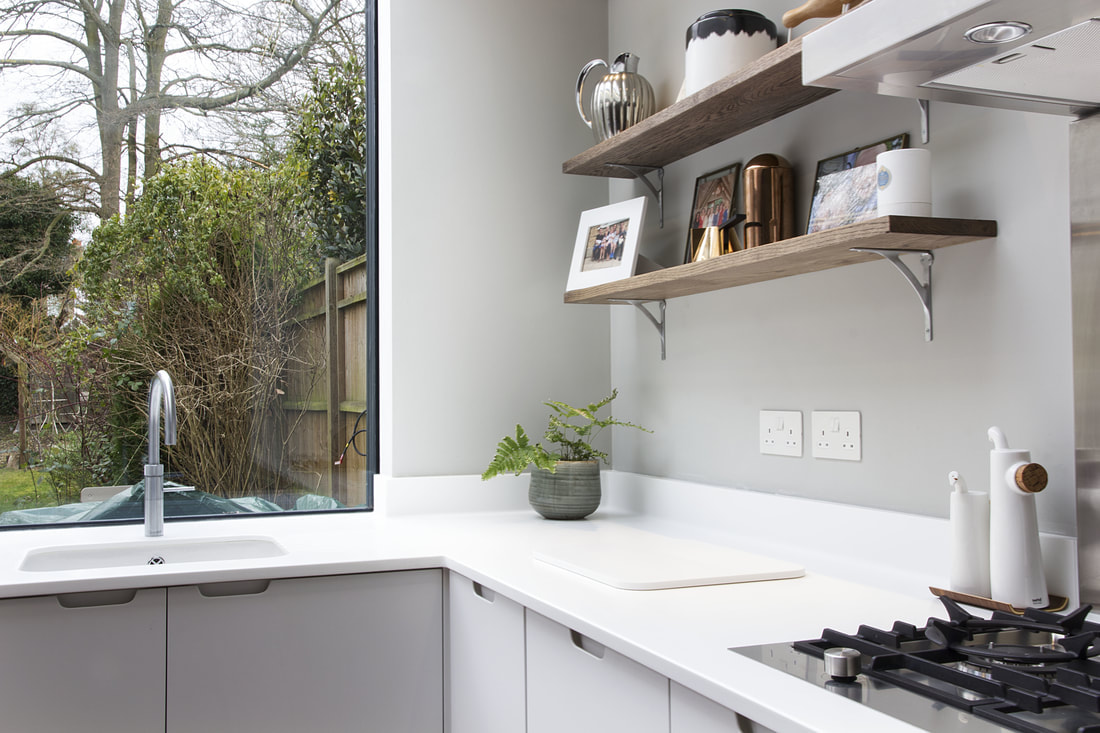
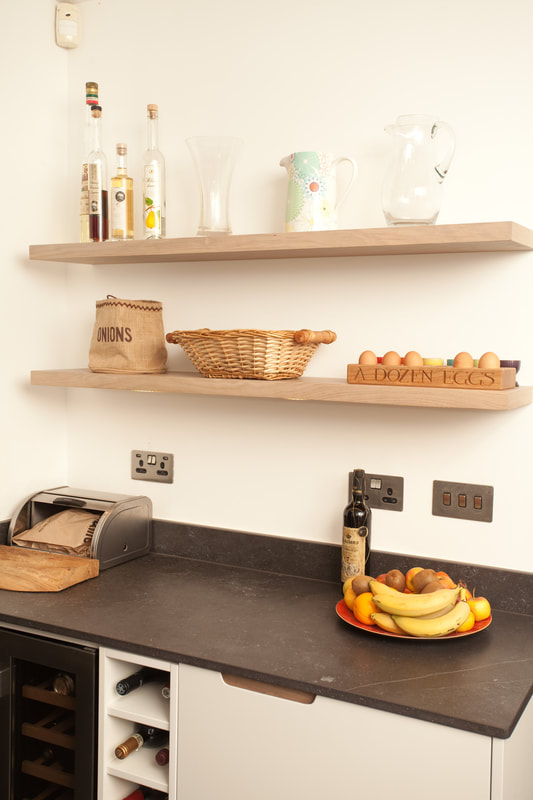
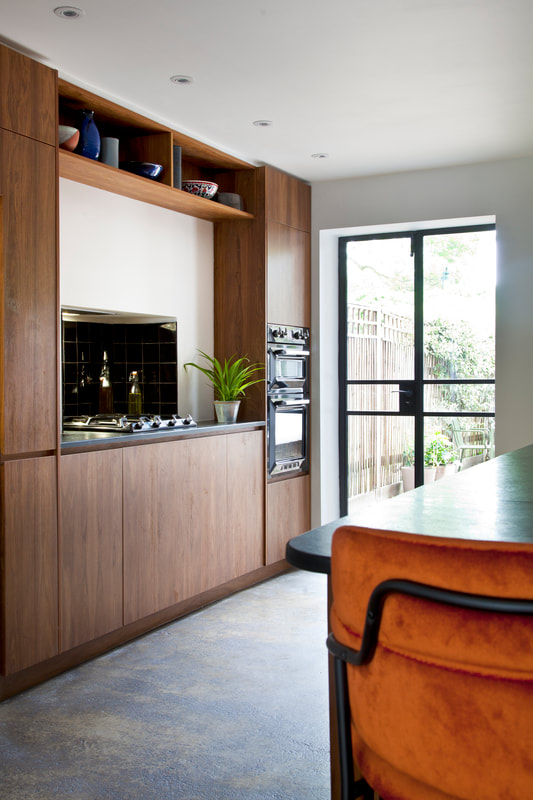
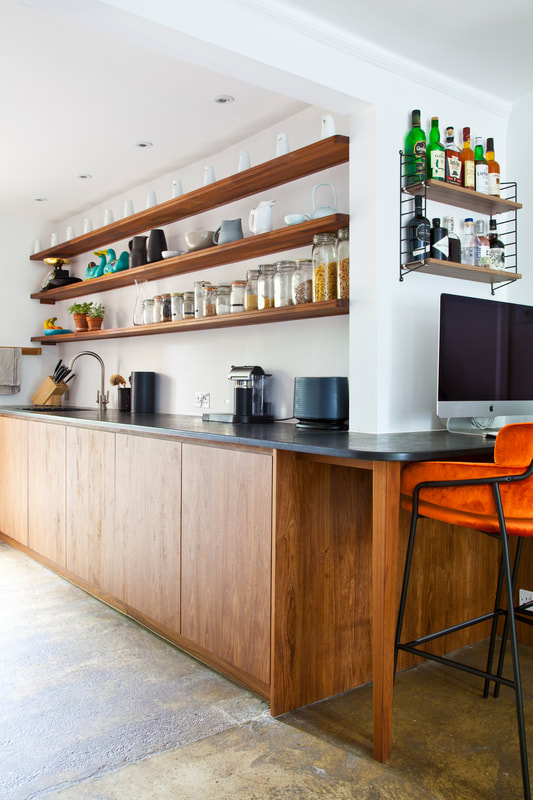
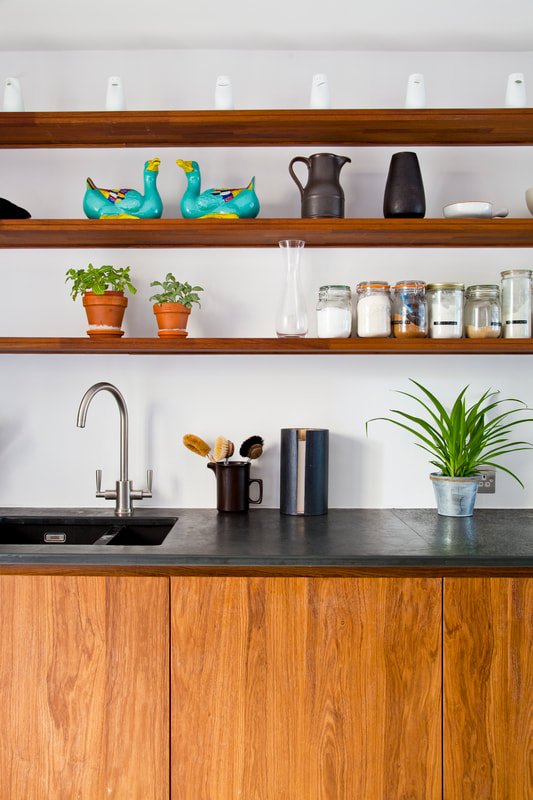
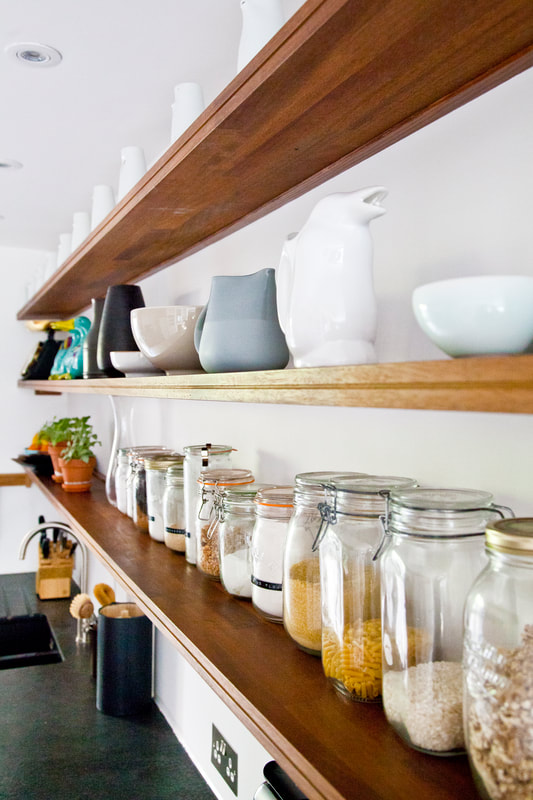



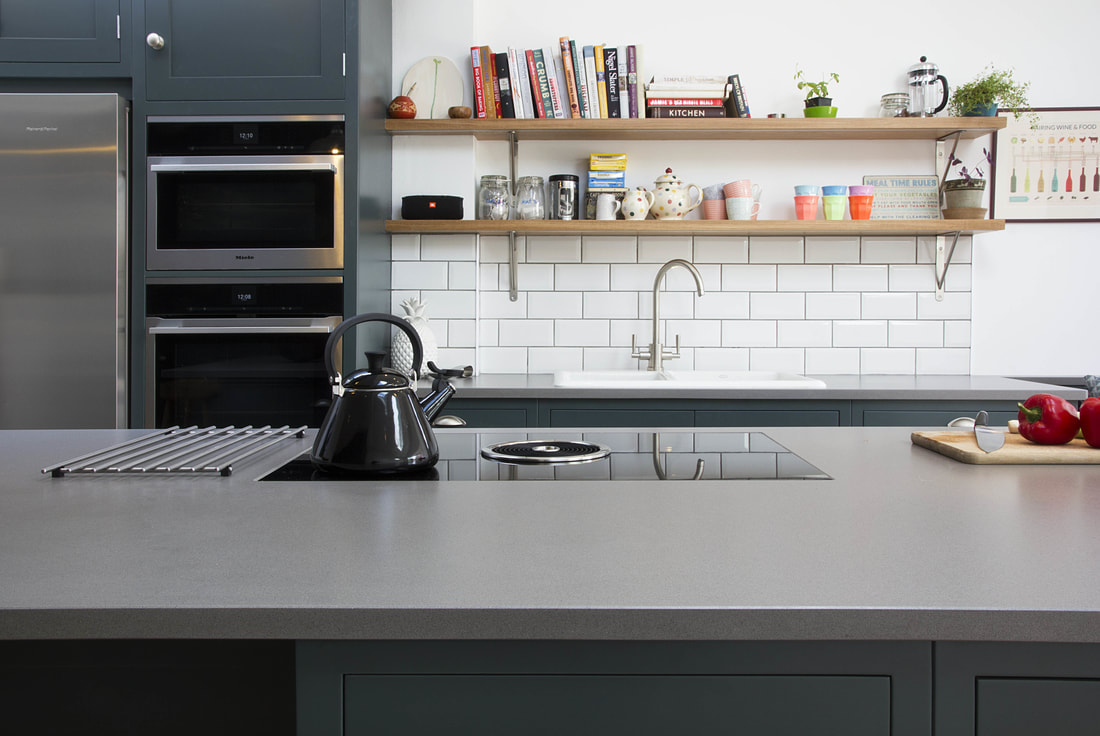
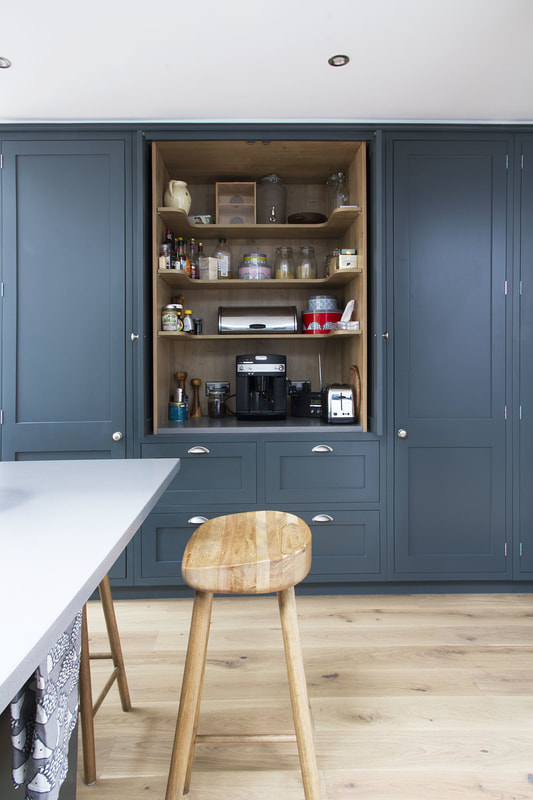
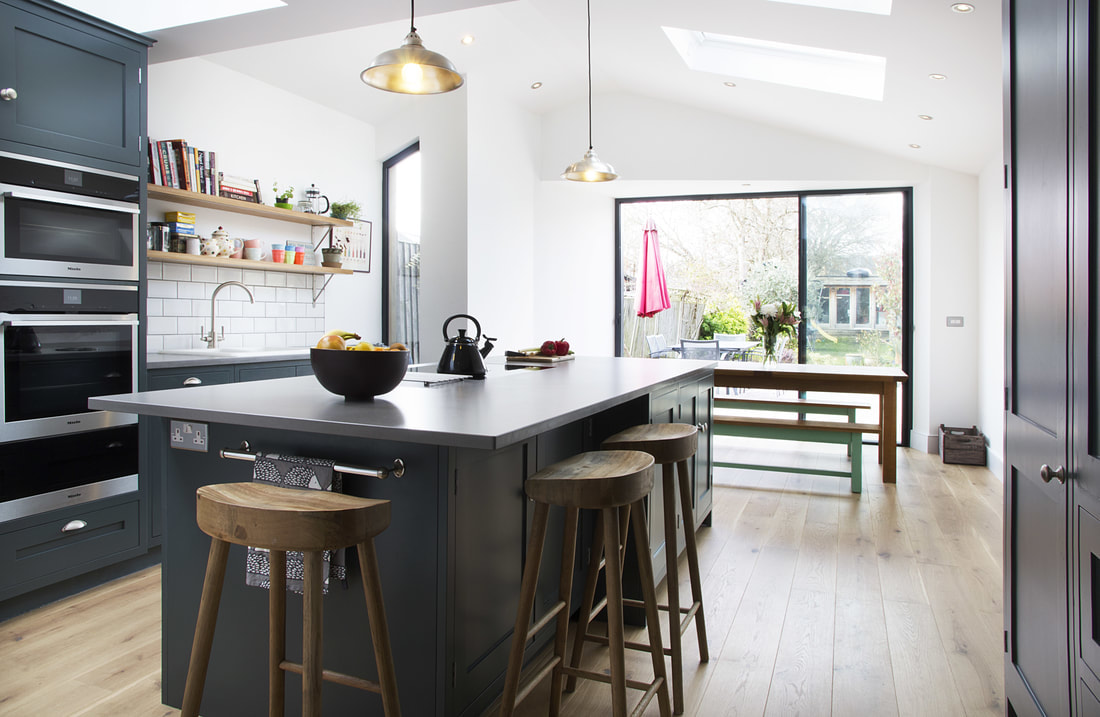
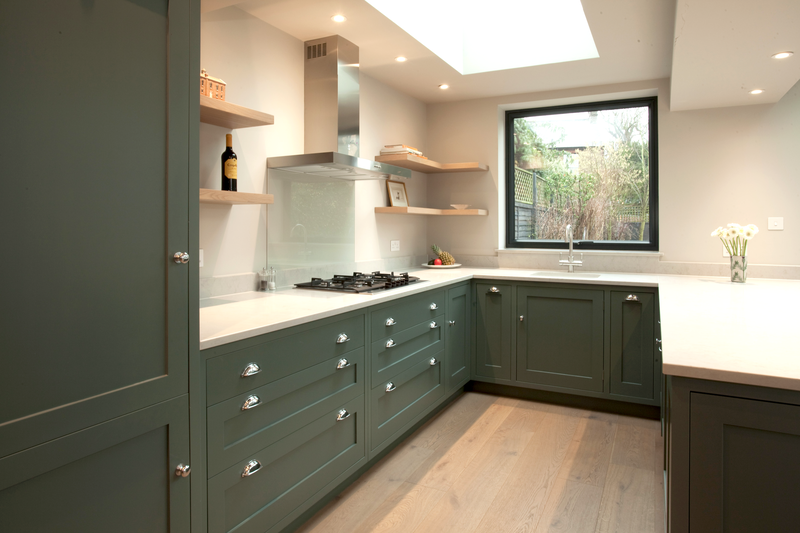
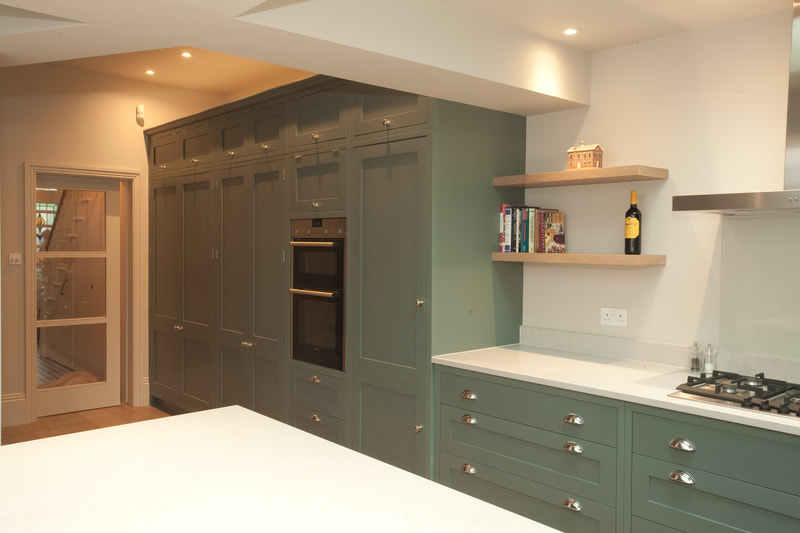
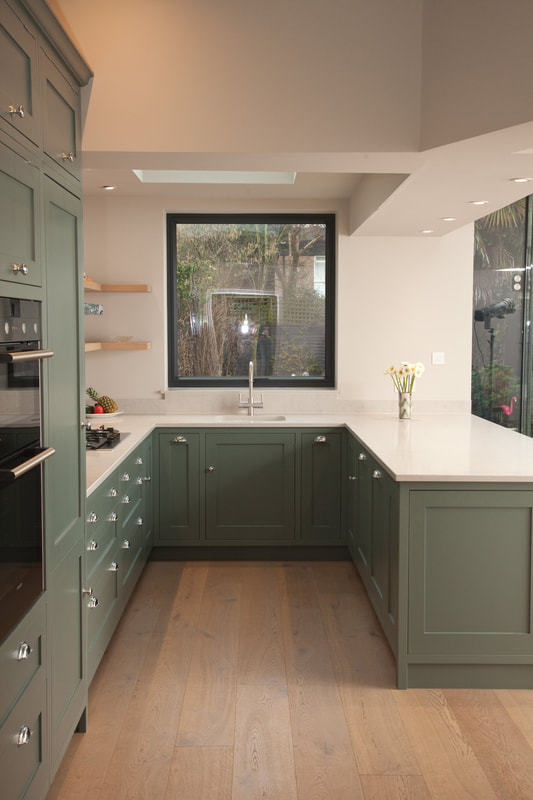
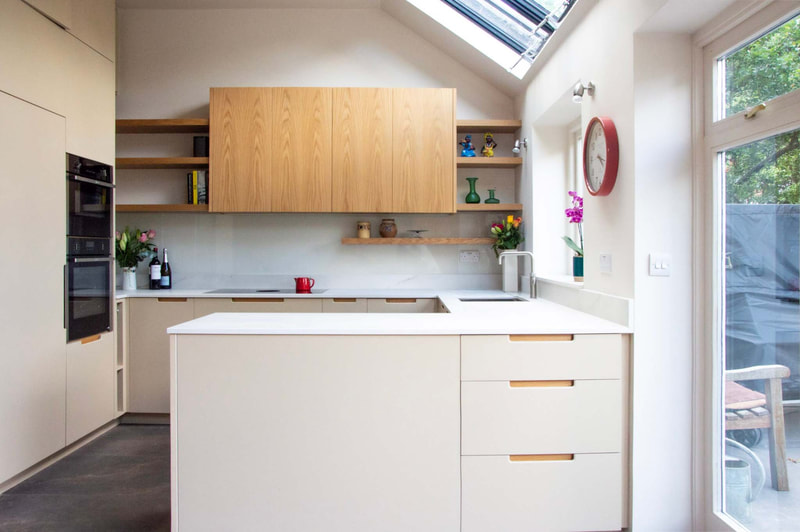
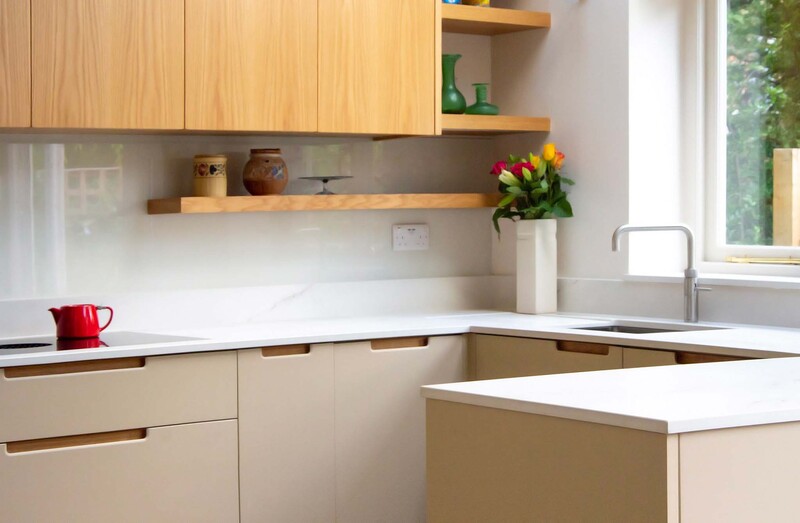
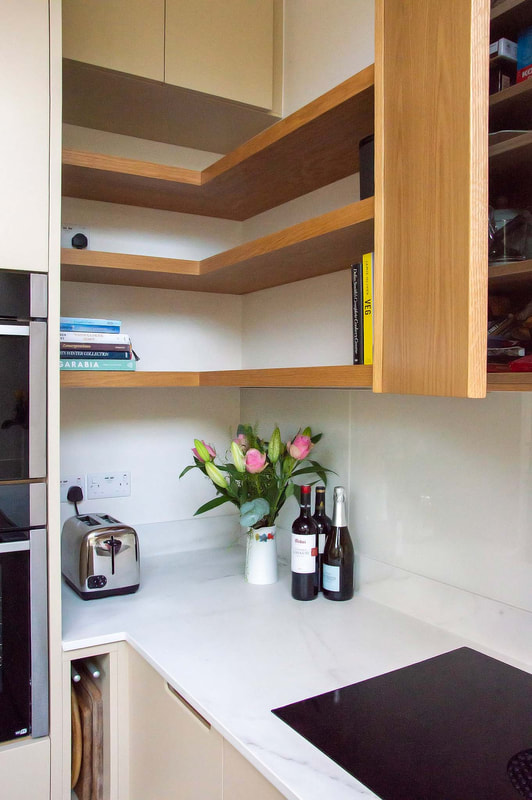
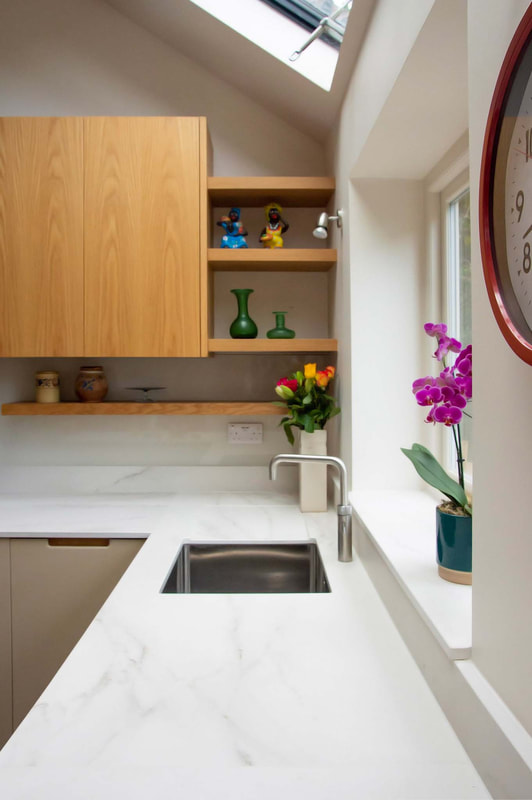
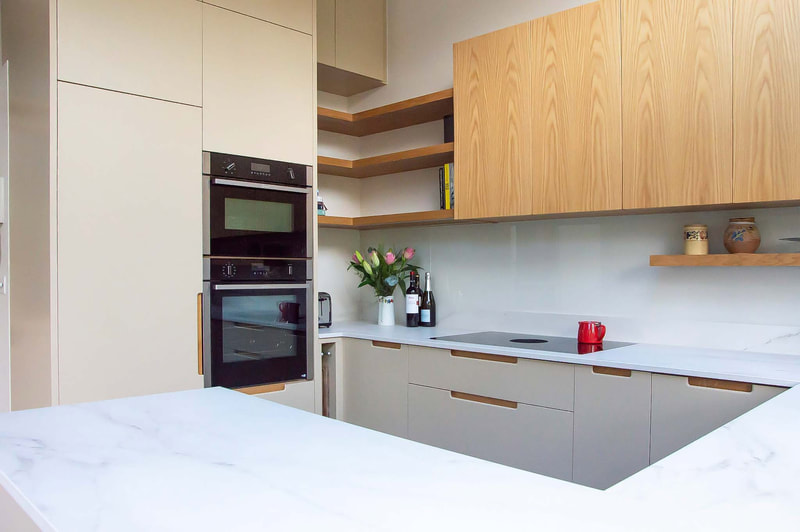
 RSS Feed
RSS Feed




